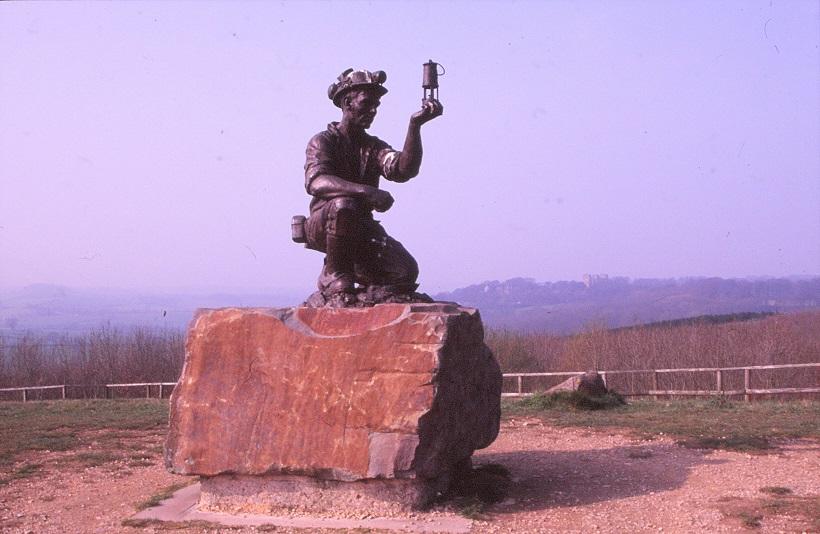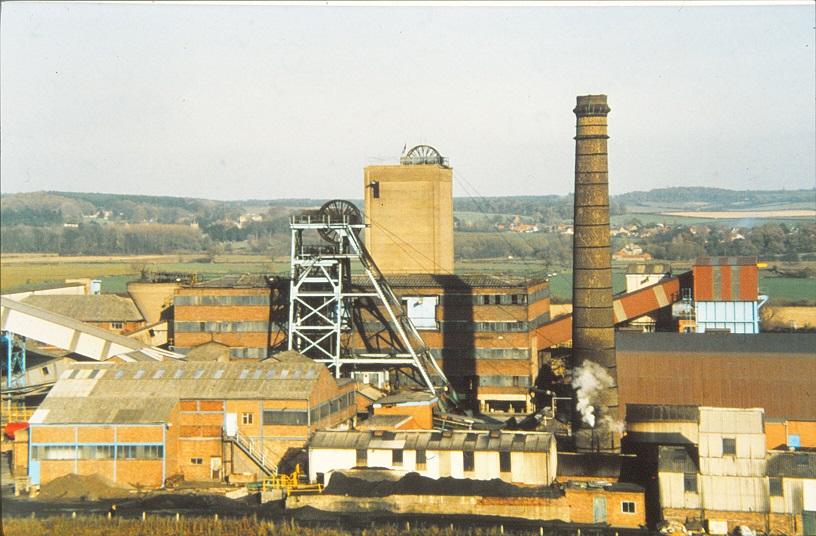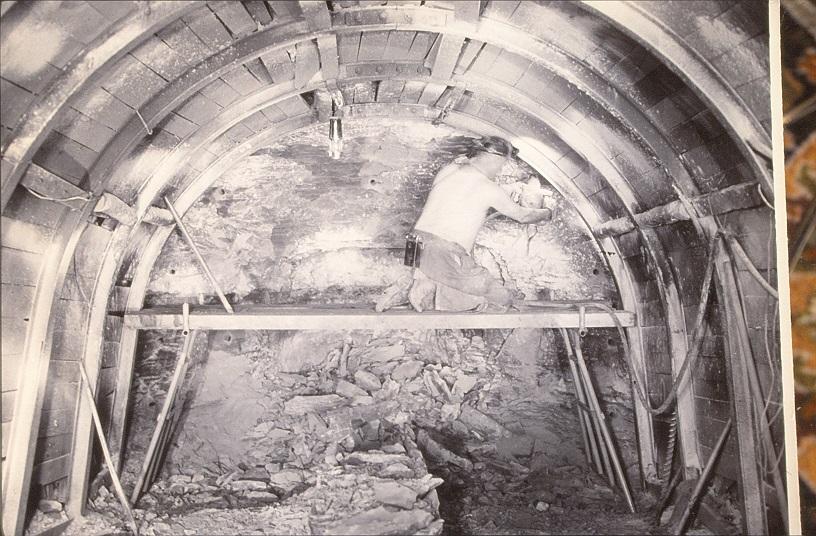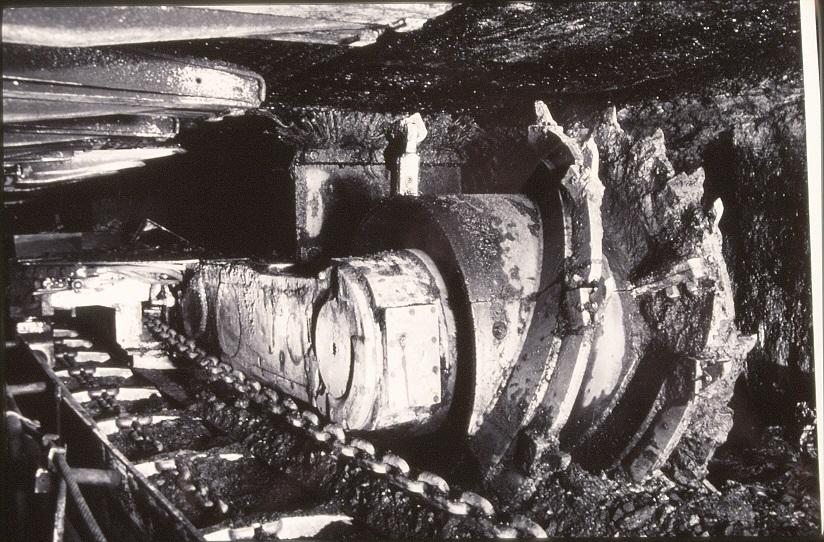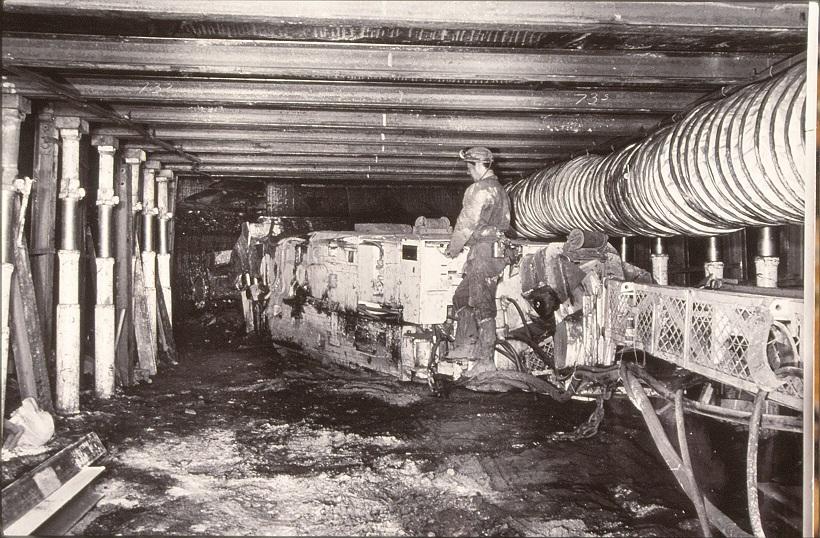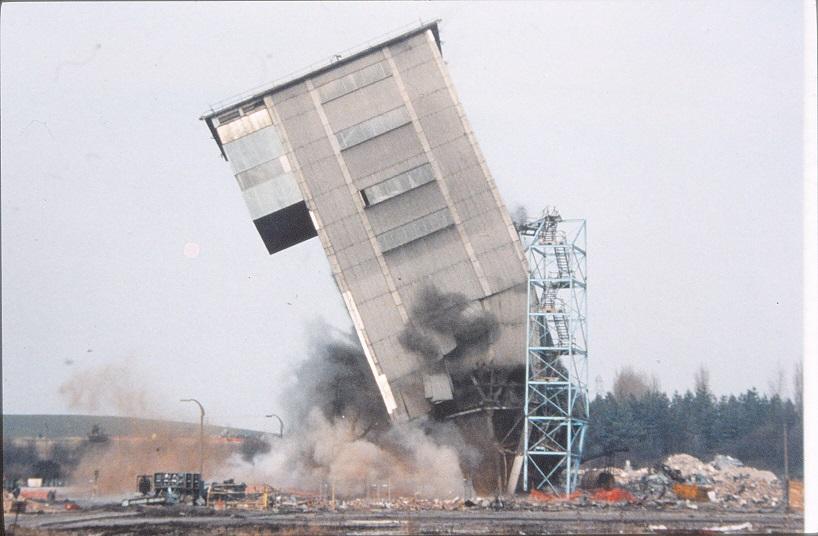Mining Memories
Thu, Jan 25th 2024 at 7:00 pm - 9:00 pm
Steve shares his experiences
Club members please log in for more information.
25th January 2024 Mining Memories Stephen Wright
Steve first got his interest in mining on a school visit and went on to obtain his degree on a five-year apprenticeship, 6 months alternating with college and working in all departments at Gedling colliery. He particularly enjoyed the pit ponies, who worked every day except the two-week pit holiday, when they came above ground. He mentioned the miner’s safety Lamp (Humphrey Davy) that can detect methane gas at 1.25%, with the possible levels of 5 to 15%. He outlined that mining had occurred in medieval times, with Adit and Bell mines on Trowell Moor, owned by the Duke of St. Albans. He moved to Newstead colliery (which was sunk in 1895) after Gedling as Assistant Under Manager, then Under Manager for 3 years. It took 2.5 hours to reach the coalface, making short shifts working the face, and the rock coming out exceeded the coal 15 to 20, but they did achieve a record of 32 000 Tons per week. They also had a visit from Lord Robens when some ladies blocked the main road, diverting him down the back mud roads, which were tarmacked following the visit and bathrooms were installed in their terraced properties. Adjacent was Annesley colliery, who worked a different seam, but all the local pits (Kirkby, Newstead, Annesley, Hucknall, Linby and Bestwood) were all interconnected. Coal face machinery was planned to work 24 hours per day, with the winding engines kept clean and tidy. When Steve started in 1963 there were 40 pits in the East Midlands division and by 1991 non were left! He talked about underground diesel locomotives for transporting men, as well as conveyors also used as man riders. On to tunnelling with the changes from the 1950’s with shot firers and 15 yards per week, through the 70’s with rotating cutting heads(trepanners) to ‘retreat mining’ in the 80’s at 110 yards per week, but shearing the coal, making it smaller). Steve ending his time by closing Cotgrave colliery, which had deteriorated and he ‘pressed the button’ to demolish the Winding house, then filling the shaft with gravel from Hoveringham and concrete plugs, which felt like ‘the end of an era’! The members joined Doug in the normal enthusiastic round of appreciation, having reminisced about his time as an electrician for the NCB at Gedling, mentioning also the 100 ponies there, 200 miles of roadways and the vast quantities of coal mined in the East Midlands. AR
'What We Do' Main Pages:
This committee are involved in planning now we can raise funds for our chosen charities
more
It's here that you can read what we've been up to in the last few months. For more information on our work in the local community, with our young people and internationally please access "what we do" section of this web site.
more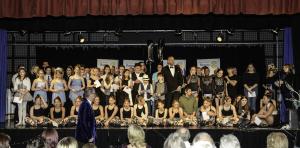
We have now successfully run this event for 10 years. Full reports of each year are available under this main page
moreIf you like what we do as an organisation and are interested in volunteering with us, keeping up to date with our plans and future events then why not consider signing up as a friend of our Rotary Club
more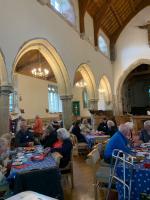
This is a monthly meeting open to visitors from Bingham, Radcliffe, Cotgrave and all villages in surrounding area.
moreOur International Committee is involved with Polio Plus - a Rotary initiative to eradicate Polio, World-wide; Sand dams; Aqua Boxes; Shelter Boxes; Collecting used spectacles, and many other projects
moreHere you can read about the many meetings we've had during our formation as a Rotary Club. The early years are a little short on detail...
more